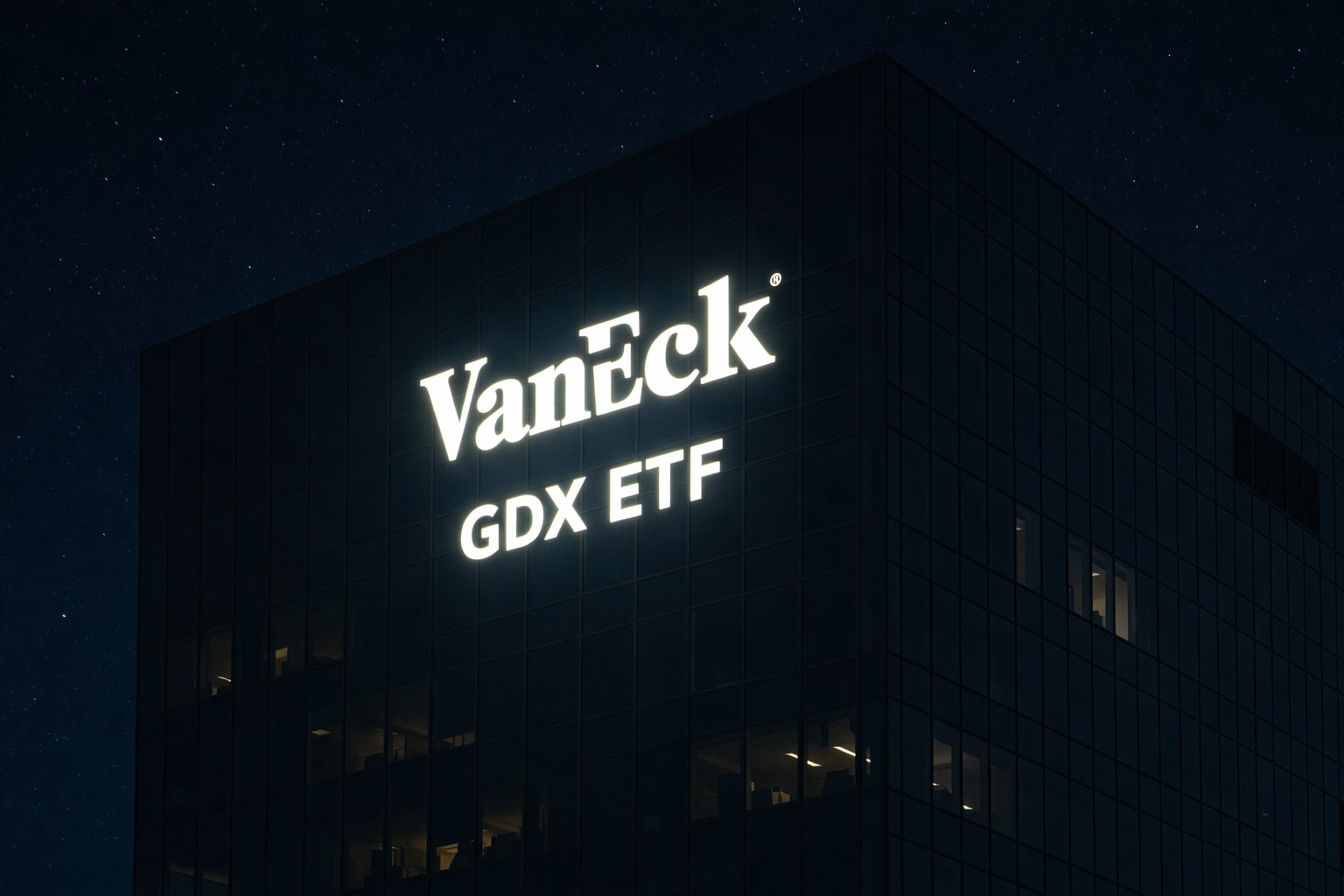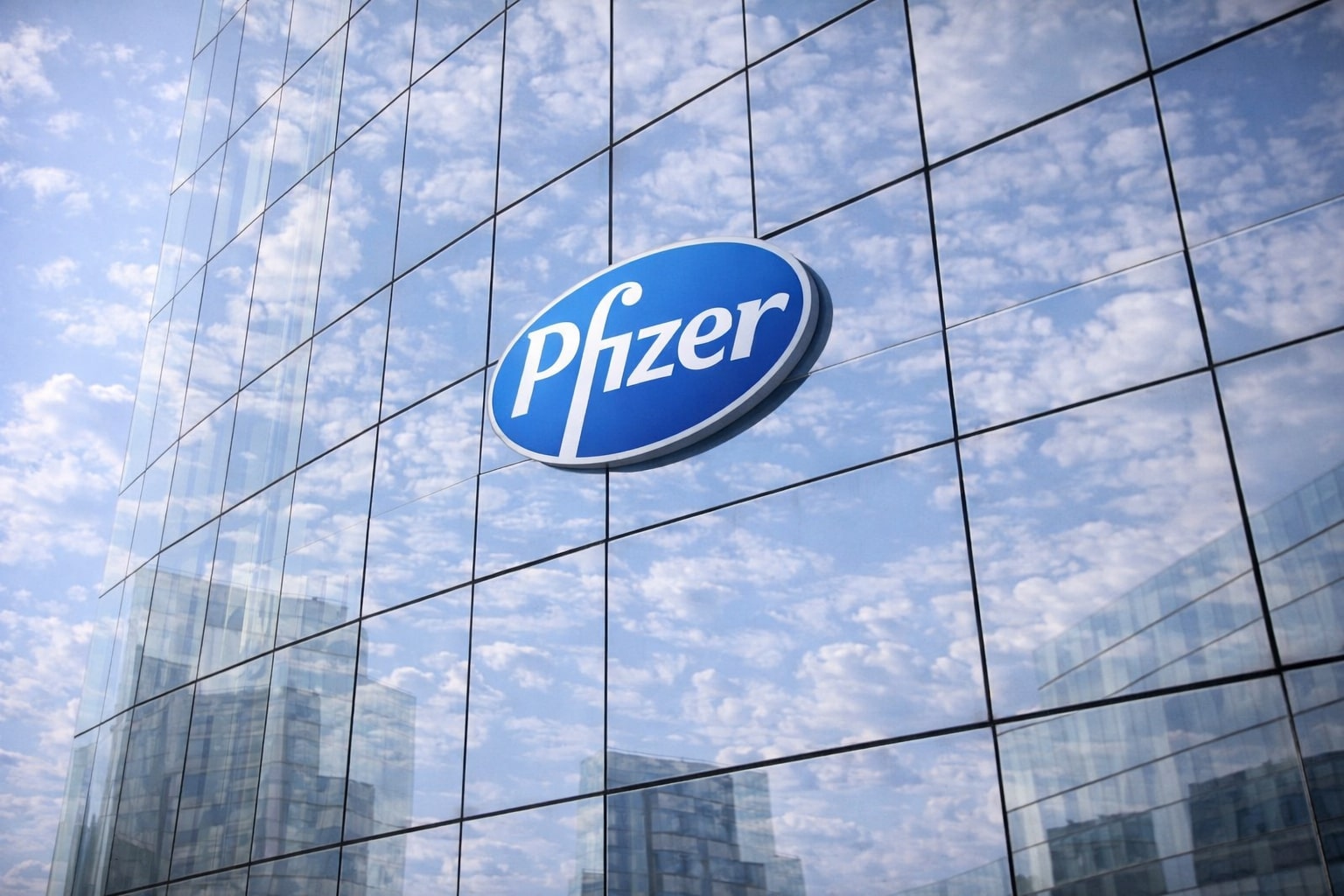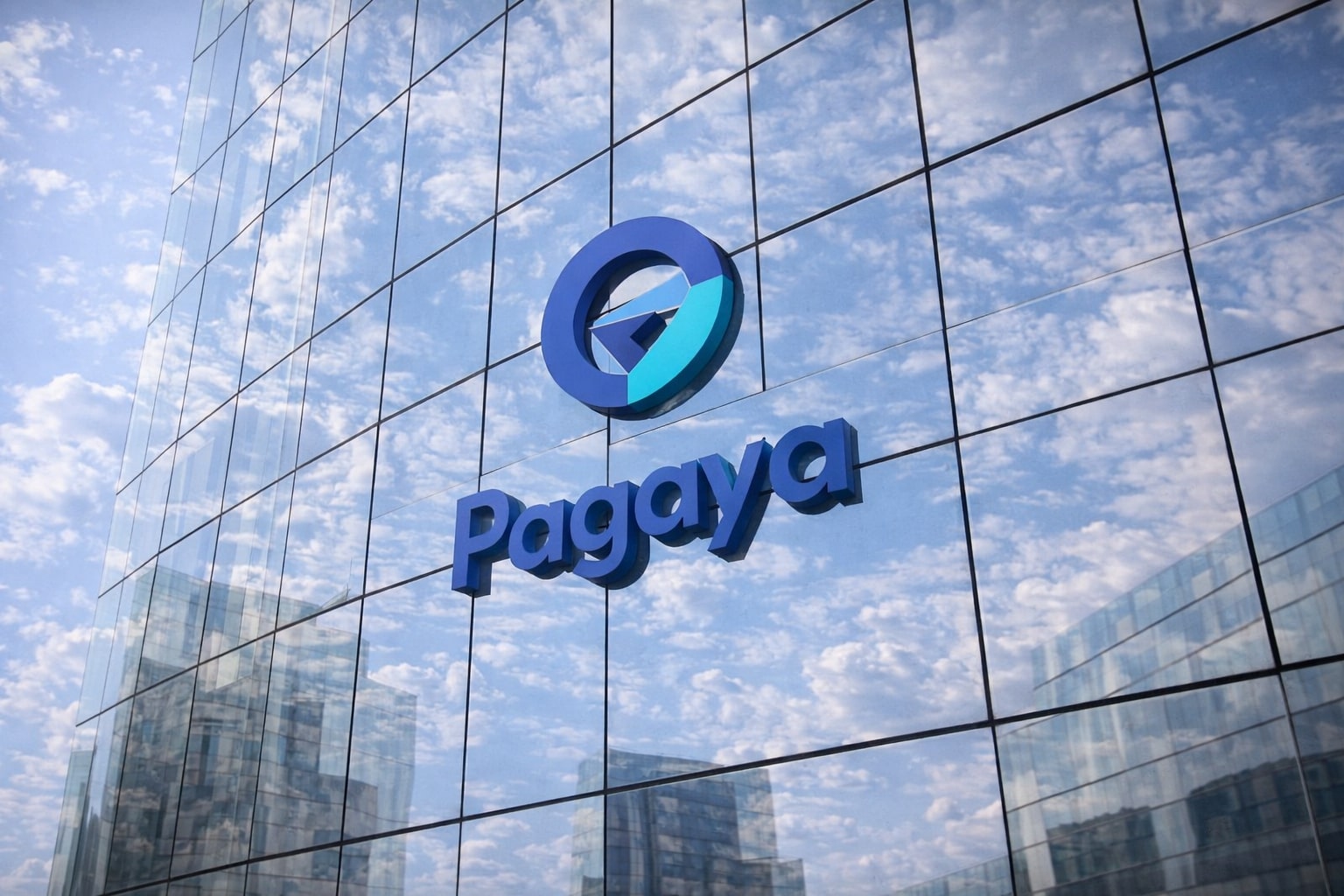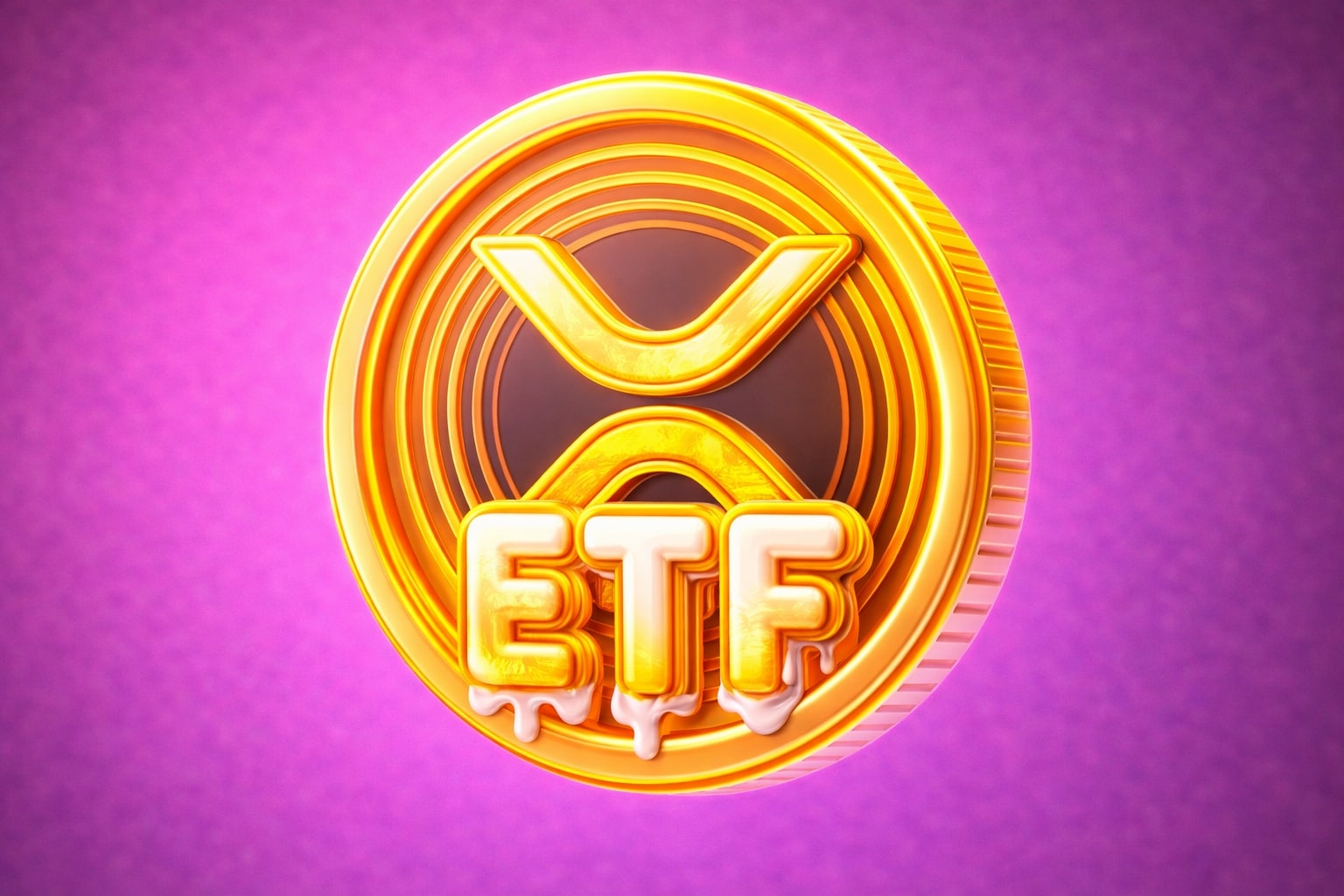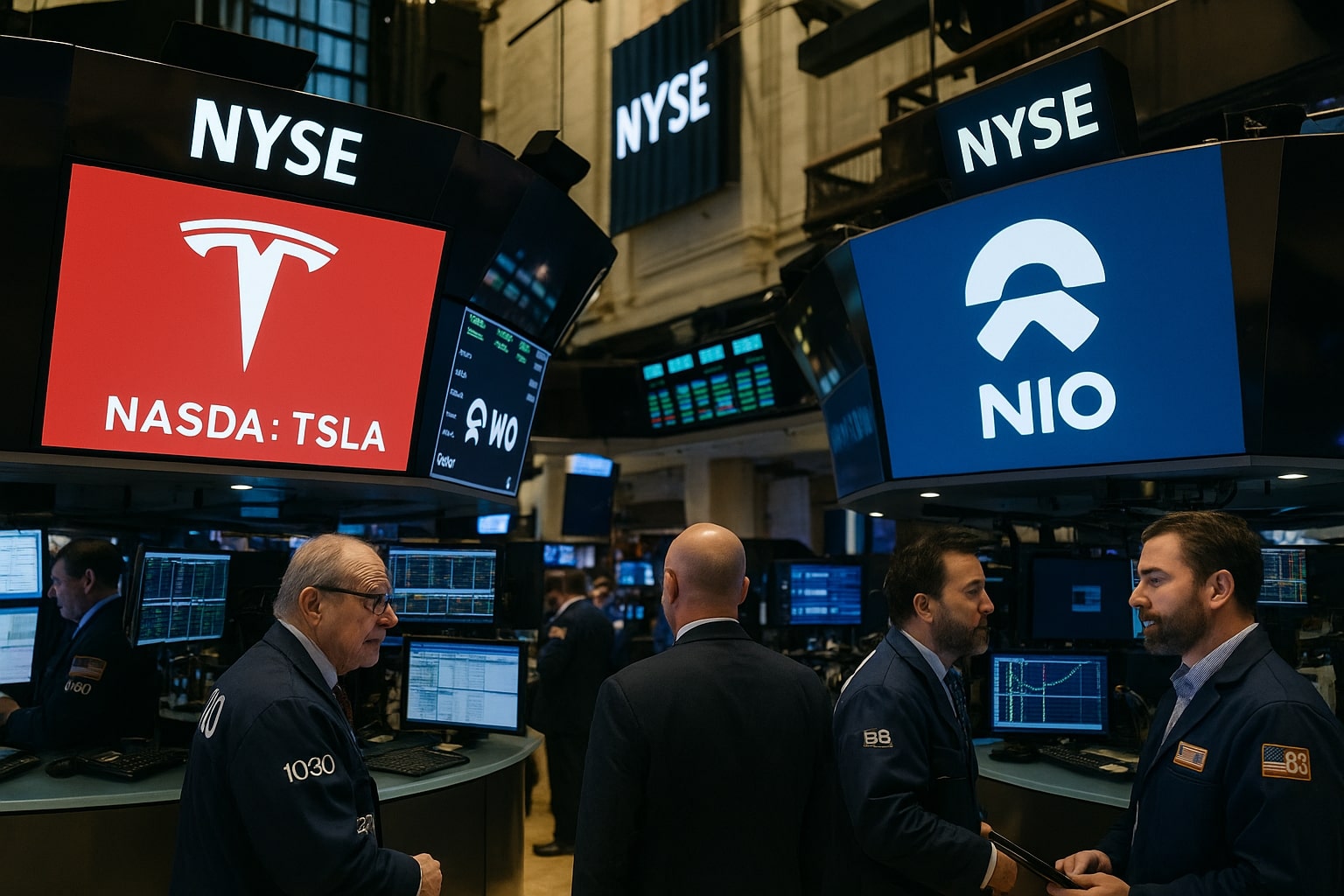
NIO Stock vs Tesla Stock : $6.15 Stock Battles Survival as TSLA Strengthens $1.12T Lead
Tesla (NASDAQ:TSLA) posts profits with global dominance, while NIO (NYSE:NIO) chases growth under heavy debt and losses | That's TradingNEWS
NIO (NYSE:NIO) vs Tesla (NASDAQ:TSLA): Two EV Giants on Different Roads
Valuation Disparity Between NYSE:NIO and NASDAQ:TSLA
The valuation gap between NIO (NYSE:NIO) and Tesla (NASDAQ:TSLA) could not be more striking. NIO trades at $6.15, translating into a modest $13.5 billion market cap, while Tesla commands a towering $347.34 per share valuation and a $1.12 trillion market cap. For Tesla, the market is willing to pay over 13x sales and a 206x forward earnings multiple because of its profitability, dominance in EVs, and potential AI-driven business lines. By contrast, NIO, even with a 1.34x price-to-sales ratio, looks stretched given its -35% profit margin and heavy net losses. Investors are essentially betting that NIO’s explosive delivery growth will eventually bridge the profitability gap, but Tesla already monetizes its scale advantage with positive net income and consistent cash generation.
Revenue Scale and Growth Trajectories
Tesla’s revenue scale dwarfs NIO’s, but growth rates tell a more nuanced story. NIO reported CNY 69.42 billion (~$9.6 billion) in trailing revenue, with deliveries in August hitting a record 31,305 vehicles, up 55% year-over-year. YTD deliveries total 166,472 units, with the company guiding for 50,000 monthly deliveries by Q4 thanks to production scaling of its Onvo L90 and new ES8. Tesla, by contrast, delivered nearly 1.8 million vehicles in 2024, generating $92.7 billion in revenue. Analysts expect Tesla to surpass $111 billion revenue by 2026, while NIO is projected to reach CNY 124.7 billion (~$17 billion). On a percentage basis, NIO is growing faster — analysts forecast 31.8% revenue growth in 2026 versus Tesla’s high-single digits — but Tesla’s base is nearly ten times larger, with better margins and execution.
Profitability: Tesla’s Edge Over NIO
The profitability gulf is stark. Tesla maintains 17.2% gross margins and 4.1% operating margins, translating to billions in net income annually. Even after aggressive price cuts in China and the U.S., Tesla’s margins remain resilient thanks to vertical integration and scale efficiencies. NIO remains in the red, with an EBITDA loss of CNY 15 billion, net losses of CNY 24.3 billion (~$3.3 billion), and return on equity collapsing to -176%. Its -35% net margin signals structural issues — too much R&D and marketing burn relative to sales volume. Tesla generates cash internally to fund innovation, while NIO still depends on external financing and equity issuance to survive.
Balance Sheet and Financial Risk
Balance sheet strength highlights risk divergence. NIO sits on CNY 17.8 billion cash, but is burdened with CNY 29.1 billion in debt, giving it a 439% debt-to-equity ratio and a weak 0.84 current ratio, raising liquidity concerns. Tesla’s balance sheet, bolstered by steady free cash flow, gives it flexibility to invest in AI, energy storage, and robotics. NIO is locked into a survival game, managing debt and burn rate, while Tesla has optionality to scale new businesses without threatening solvency. For institutional investors, Tesla’s balance sheet is a shield, while NIO’s is a red flag.
Product Strategy: Affordability vs Premium AI Ecosystem
NIO is betting on affordability and ecosystem stickiness. Its Battery-as-a-Service (BaaS) model allows buyers to purchase vehicles without batteries, cutting upfront costs — the Onvo L90 SUV falls under $25,000 with BaaS. The revamped ES8 SUV is priced at $50,000, nearly 25% cheaper than its predecessor, broadening consumer reach. These tactics drove massive pre-sales — over 30,000 ES8 orders in just three days. Tesla, meanwhile, is less about price competition and more about building an AI-powered ecosystem. Its focus spans robotaxis, the Optimus humanoid robot, and the Dojo supercomputer, which could one day dwarf vehicle sales as revenue streams. While NIO is fighting for EV market share through affordability and scale, Tesla is evolving into a diversified AI and robotics giant.
Read More
-
GDX ETF at $88 While Gold Tests $4,400: Are Gold Miners Poised for $100?
19.12.2025 · TradingNEWS ArchiveStocks
-
XRP ETF Boom: XRPI at $10.94 and XRPR at $15.49 as XRP-USD Clings to the $1.80–$1.90 Zone
19.12.2025 · TradingNEWS ArchiveCrypto
-
Natural Gas Price Forecast: NG=F Hovering Near $3.92 As Weather, LNG And Storage Collide
19.12.2025 · TradingNEWS ArchiveCommodities
-
USD/JPY Price Forecast - Dollar to Yen Near 157 as BoJ’s 0.75% Rate Hike Backfires on the Yen
19.12.2025 · TradingNEWS ArchiveForex
Global Expansion and Strategic Partnerships
NIO’s August deal with Cheche Group (NASDAQ:CCG) to provide EV-tailored insurance highlights its intent to lock customers into its ecosystem. It is simultaneously pushing international expansion, with its Firefly brand entering Europe and ambitions to deploy 4,000 battery swap stations globally by 2025, including 1,000 outside China. Tesla, by contrast, already has a global footprint, with Gigafactories in the U.S., China, Germany, and soon Mexico, alongside a Supercharger network that has become the industry standard. NIO is catching up with bold promises, but Tesla has already built global dominance.
Analyst Ratings and Investor Sentiment
Wall Street remains polarized on NIO. Price targets stretch from $3.00 (Barclays) to $9.00 (JP Morgan), with consensus at $6.26 — just above current trading. Analysts acknowledge its delivery momentum but remain wary of cash burn. Tesla’s consensus is far more bullish, ranging from $303 to $500, with a midpoint near $410, suggesting upside from its current $347 level. Short interest amplifies the divide: NIO carries 11.9% short interest, reflecting skepticism, while Tesla’s is a modest 2.7%, showing stronger investor confidence.
Technical Picture: Bull Flag vs Long-Term Uptrend
Technically, NIO’s chart shows a bull flag pattern. Support is set at $5.92, with resistance between $6.30–$6.50. A breakout could propel it to $7.20–$7.60, while a breakdown risks a return to its 50-day moving average at $4.83. Tesla, in contrast, has been steadily climbing, sitting comfortably above both its 50-day and 200-day moving averages. With shares up 60% YTD, Tesla is entrenched in a bullish long-term uptrend, supported by institutional flows and consistent execution.
Insider Activity and Institutional Ownership
Insider activity for NIO can be monitored here, with little insider buying to offset concerns about dilution. Institutions like HSBC and Trilogy Capital have recently boosted stakes, but speculative interest remains dominant. Tesla, by contrast, has deep institutional penetration, with large funds like Vanguard and BlackRock consistently holding and increasing positions, reinforcing stability.
Verdict: NIO vs Tesla in 2025
The comparison is clear: Tesla is a profitable global giant transitioning from EVs into robotics and AI, while NIO is an ambitious challenger fighting for survival in a hyper-competitive Chinese market. Tesla (NASDAQ:TSLA) is a Buy, with near-term upside toward $407 and long-term potential tied to its AI ecosystem. NIO (NYSE:NIO) is a Hold — it offers speculative upside as deliveries ramp and sub-brands gain traction, but debt, cash burn, and unproven profitability remain structural headwinds. For investors, Tesla represents stability and transformative optionality, while NIO is a high-risk, high-volatility play for those betting on a turnaround.














